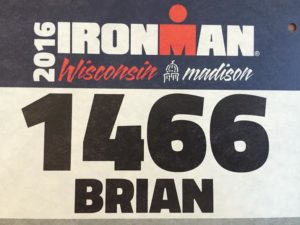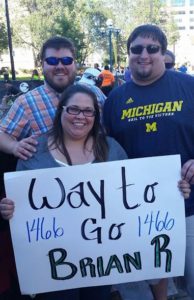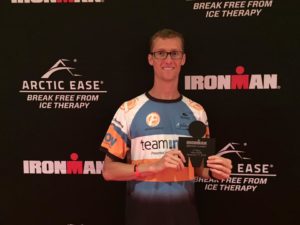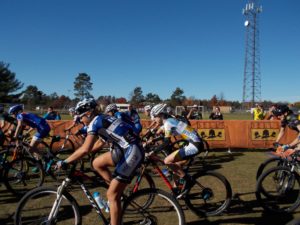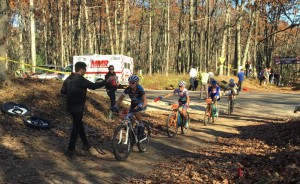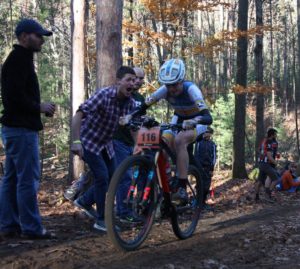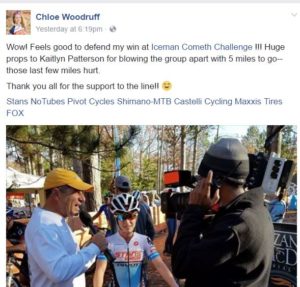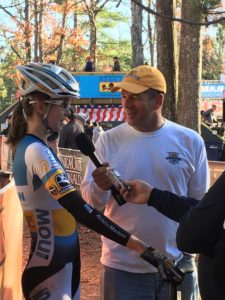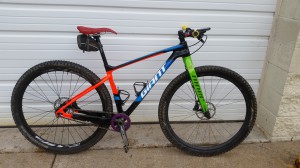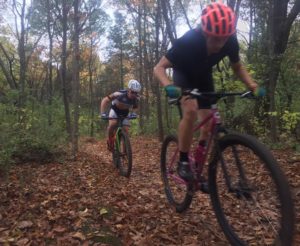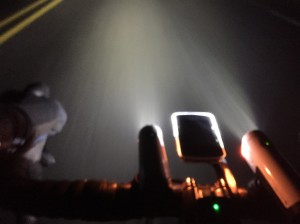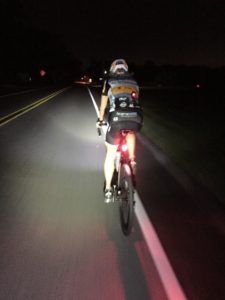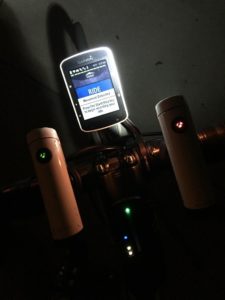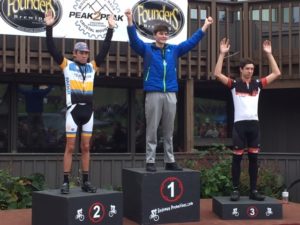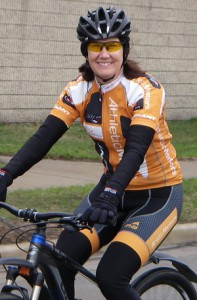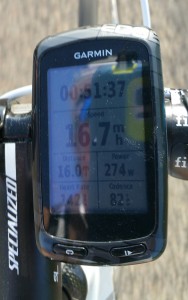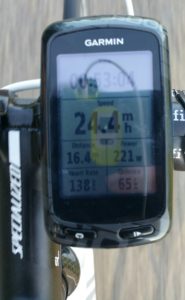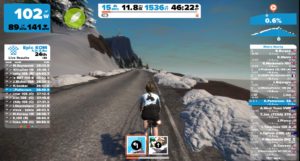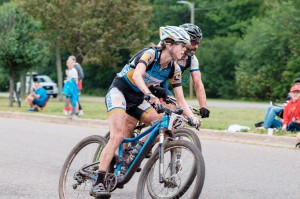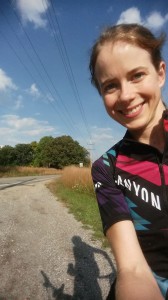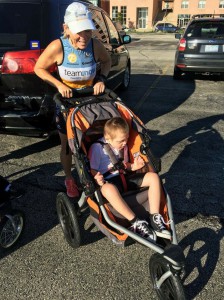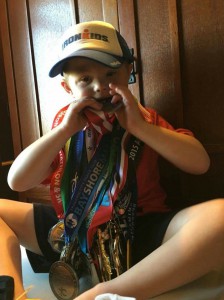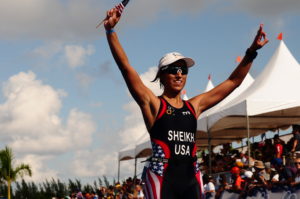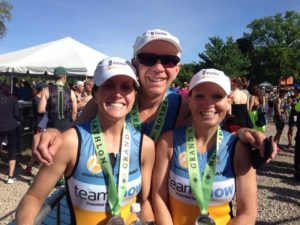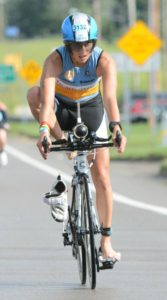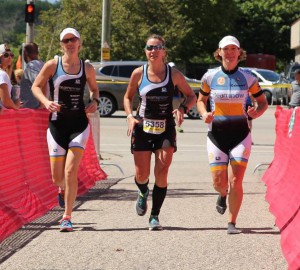–By Brian Reynolds, Team Athletic Mentors Triathlete
On September 11, 2016 I raced Ironman Wisconsin. My goal was to place high enough in my age-group in order to qualify for the Ironman World Championships in Kona, Hawaii. The weather in Madison, Wisconsin could not have been more perfect for racing. It was sunny and dry with the high temps only in the mid 70’s. The only concern was getting sunburned, which I did unfortunately. The race had over 2,400 participants and thousands of spectaculars swarming the transition and swim start areas.
The race officials started letting the athletes in the water 15-20 minutes before the start of the race. The swim was a one 2.4 mile loop in Lake Monona. The race was a mass start meaning all swimmers started in the water at the same time. These mass swim starts are not as common anymore since Ironman has been going to a rolling start for safety reasons. However, the mass start was not as crowded as I originally thought because the start line was very long. As we waited in the water for the cannon to go off the atmosphere was electric! The athletes were getting either very excited or anxious. The athletes around me were aiming for under a one hour swim which was my goal as well.
The cannon goes off! I started at a strong pace to keep up with the swimmers that went out fast. There was a lot of pushing and hitting the first half mile. However, I’m use to some pushing and hitting in the water since I’ve been doing triathlons for 5 years. When I passed the mile marker I started to pass a lot of fatigued swimmers because most of them started out too fast. I felt strong the second half of the swim as I kept picking off swimmers one by one. When I exited the water my swim split was a 58:20! There were fans lined up around the helix yelling and cheering which really got me pumped up and excited. I felt great through transition and I passed at least 3 athletes through the bike transition area.
My goal was to complete the bike course in 5 hours and 15 minutes. The bike leg was challenging since the course was very hilly and is considered one of the hardest courses in the Ironman circuit. The best way to describe the course was like a roller coaster ride. There were over a 100 short steep hills that would slowly fatigue you. There was one extremely challenging hill at mile 40 that was so steep that a lot of riders had to walk their bikes up the hill. I was able to ride up the hill but I had to burn a lot of energy doing it.
The best strategy for riding this course was to start conservative to ensure that you didn’t over fatigue the first half. However, I went out a little too hard the first half and paid for it the second half. The last 2.5 hours of the ride was really challenging as my power slowly declined. I tried to remain positive during this tough section and reminded myself that once I got to the run that I would be fine. The spectators on the bike course were fantastic! There were several uphill sections with people lined up cheering for you. Some sections felt like a mountain stage in the Tour de France. The crowd support motivated me to keep pushing through the pain. I ended up finishing the bike leg in 5 hours and 26 minutes which was 20.6 mph average.
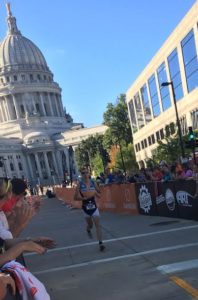 As I entered the run transition with tired legs I handed my bike to the volunteers and I ran into a building to pick up my run gear. I had to take a quick bathroom break before I started the marathon. I was moving very well the first 6 miles of the run because I was averaging 6:20s pace. My goal for the marathon was 3 hours so I was well under pace so far. Even though I was moving well I wasn’t feeling good. My stomach was very bloated from taking in a lot of nutrition on the bike. I was not able to take in hardly any nutrition on the run because my stomach was so upset.
As I entered the run transition with tired legs I handed my bike to the volunteers and I ran into a building to pick up my run gear. I had to take a quick bathroom break before I started the marathon. I was moving very well the first 6 miles of the run because I was averaging 6:20s pace. My goal for the marathon was 3 hours so I was well under pace so far. Even though I was moving well I wasn’t feeling good. My stomach was very bloated from taking in a lot of nutrition on the bike. I was not able to take in hardly any nutrition on the run because my stomach was so upset.
After the 6 mile mark it was a struggle both mentally and physically to keep running. My pace the next several miles gradually slowed down to a 7:10-7:30 pace towards the end of the race. During this tough stretch I started to respect the Ironman marathon distance. It was very different from a regular marathon where you would start out fresh. The pain I normally experience at mile 18 in a regular marathon was what I experienced at mile 6 of the Ironman marathon. I had to walk through some aid stations to take a mental break but I managed to grind out a 3 hour and 8 minute marathon split.
As I made my way down the finishing stretch I was greeted by all my friends and family at the finish line. I put in a final surge and ran across the finish line in 9 hours, 41 minutes, and 21 seconds. After finishing I was absolutely exhausted. I had to sit and lay down most of the day to help recover. I was very fortunate to have my friends there to support me on my special day. However, I wish I was able to celebrate more with my friends. Instead they had to keep an eye on me and help me around to ensure I was ok. I couldn’t thank them enough!
The next day was the Kona slot allocation and rolldown ceremonies. My results got me a 4th place finish in my age group and 9th place overall. It was going to be a long slot to qualify for Kona considering they announced only the top 2 athletes in my age group will be taken. The only hope I had was the first 2 athletes not accepting an invite so it would roll down to the 3rd and 4th places. I was not luckily because the first 2 athletes took the Kona invites. I was disappointed that I did not go to Kona but I was still happy with my effort. I could not have done anything more to change the results that day. This was my first Ironman so I’m feeling very optimistic of qualifying for Kona someday. There is no doubt that finishing an Ironman is an accomplishment in itself. So I am proud to say that I’M AN IRONMAN!
The post I’M AN IRONMAN appeared first on Team Athletic Mentors.




 Our Hockey Site
Our Hockey Site Team AM
Team AM


